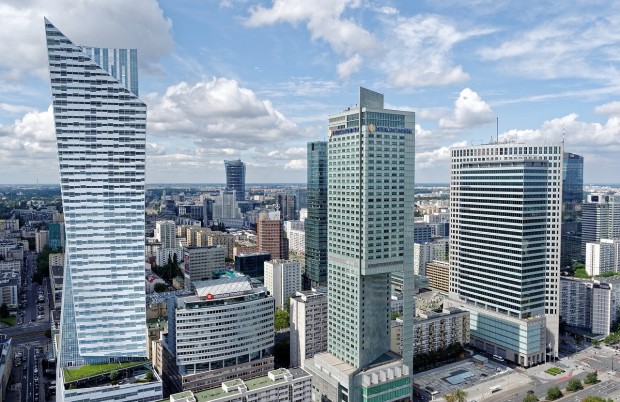The building sector faces challenges in achieving environmentally friendly concrete. However, new research on mycocrete composite materials from fungi, primarily utilizing a knitting technique, offers a promising solution for robust and eco-friendly construction materials.

(Photo : Pixabay/Mircea - All in collections )
Process of Making Eco-Friendly Concrete
Newcastle University researchers constructed a new mycocrete composite onto knitted molds to create a building material based on biomaterials. Through the utilization of mycelium in conjunction with other natural materials, the team can cultivate a deeply wound substrate that is more robust than the mycelium materials that were previously used. Without wasting or seaming, the knitted pattern can generate three-dimensional forms.
As mentioned, knitting is required for the next phase in fabricating bio-based building materials and the fungi. Mycelium spores, a component of the root network of fungi, are the primary component of the mycocrete composite. These spores are injected with grains that the mycelium spores can consume and use to propagate themselves while they are packed into a mold in a dark, humid, and warm environment. Following the addition of paper powder, paper fiber clumps, water, glycerin, and xanthan gum in the form of a paste, the produced material exhibited superior performance compared to the traditional mycelium composite compound.
On the other hand, before the mycocrete began to sprout mushrooms, the researchers let it develop to the appropriate density, and then they dried it out using a drying process. This novel method to produce bio-based construction materials was accomplished by knitting the molds used to grow the new material. In a press release, Scott stated that knitting is a 3D manufacturing technology with incredible versatility.
It is not only lightweight but also flexible and adaptable. Knitting technology offers many advantages over other textile techniques, the most significant of which is the capacity to knit three-dimensional structures and patterns without seams or waste.
Moreover, researchers manipulated the composite's formation because the knitted molds were oxygen-permeable, which was an important feature. A firmly attached foundation that tested more robustly and had lower post-growth shrinkage than standard mycelium was created due to the mix of materials, environment, and oxygen.
Also Read: Why Civil Engineers Promote Adoption of Carbon Management in the Construction Sector
Stability of Mycelium Composites
Experts from various fields have been motivated to investigate environmentally friendly alternatives to conventional building materials and construction techniques due to the pressing need to address the climatic effect of the construction sector. Over the past decade, extensive research has been conducted on biomaterials, particularly composite materials made from bio-based substrates such as sawdust or straw and mycelium or the root network of fungi.
Using agricultural by-products as both bulk material and nutrition for the mycelium that may be grown at temperatures around 25 degrees Celsius, manufacturing mycelium composites can be a method that is both low in energy consumption and carbon neutral. Because of their exceptional thermal and acoustic properties, mycelium composites have a significant amount of promise as a material for building.
As a result, they can be utilized for soundproofing and insulation purposes. These materials have the potential to offer a class of affordable and environmentally friendly materials, and they are suited for use in the interiors of buildings as a replacement for foams, lumber, and plastics.
Related Article: Concrete in Cold Weather: Engineers Pioneer Techniques to Safeguard Construction in Cold Environment







